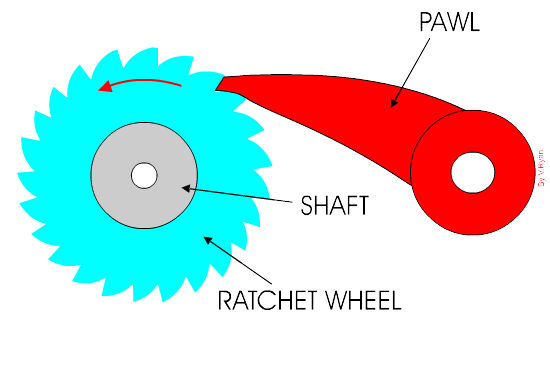Magic Tool box
Good afternoon my aeronautics enthusiasts,
Hope that all of you had a great weekend, in today’s blog will be covering our tools boxes at the workshop. After two weeks doing classes, we finally got the opportunity to start with the workshop practises. In the first week we haven’t done much but we will be levelling up the level as we progress at the workshop.
The first thing the instructors did was giving us our toolboxes, mine was the number 4. Everyone as his own box and we had to sign that we will be in charge of that toolbox during all the course. In other words, that means that we need to make sure that we keep everything in good conditions, and we cannot lose anything. If we miss something, we will be in a big problem!
In our box we
have many kinds of tools, from screwdrivers to a field service kit. Don’t worry
we are going to explain how they work and how to use them. I almost forgot to
mention that all our tools sizes are in inches which is the standard measure in aviation. We’ll start with:
The
screwdriver is a tool used for screwing (installing) and unscrewing (removing)
screws. A typical simple screwdriver has a handle and a shaft. We have many
types of different heads like the tri-wing, four-wing, Philips and the flat
screwdriver head. It’s mechanism is very simple, you just we to make sure that
the screwdriver has the correct head according to the screw and size and once
you make contact you turn clockwise to install or anticlockwise to unscrew.
A wrench or
spanner is a tool used to provide grip and mechanical advantage in applying
torque to turn objects or keep them from turning. His mechanism is almost like
the screwdriver, depending on the size and the turn direction you tight or loss
the bolts but applying torque because you apply force from a distance. The
screwdriver you apply force in the same shaft. In our box we have two types of
wrench, the open wrench and the combination wrench. The main difference is that
one has both sides opened and the other one is a combination of one opened and
the other one closed.
Ratcheting socket wrench is another type of wrench but with the particularity of that you can exchange the socket and put different sizes. We have a little one in a box with 16 different socket sizes! As its name says, it works with the same mechanism of a normal wrench, but you have a switch for switching the sides for applying the torque. The ratchet incorporates a reversible ratcheting mechanism which allows the user to pivot the tool back and forth to turn its socket instead of removing and repositioning a wrench to do so.
The pliers are
useful for bending and compressing a wide range of materials but also for
cutting wires or plastics. Depending on the shape of the head their uses are
different, in our case we have 3 different pliers. We have diagonal cutter pliers for cutting wires usually,
universal pliers normally used for tight and loss nuts and finally the
needle-nose pliers for cutting and holding pliers or reposition and snip wire.
The field
service kit is blanket used normally while touching wiring of electrical
circuits on the plane. The mechanism is very simple, you have a bracelet which
you connect to your hand and the other strap to the plane. This makes that your
body is fully electrostatic discharged through the bracelet. In that way, when you’re
touching electrical compounds you don’t melt or damage them through an electric
discharge. It is very useful in avionics!
Final but not
least, I will be explaining very quickly other tools such as the nylon hammer also named a soft-faced hammer or mallet is a hammer designed to offer driving force
without damaging surfaces. We can use it to shape some metals but just for making small corrections or maybe to smash the wrench while lossing some corroded or hard bolts. Therefore, we also have the set of allen keys which is a simple tool with a
characteristic “L” shape used to drive bolts and screws with hexagonal sockets
in their heads. In addition, we have also gloves used for protecting our hands
from dirt and corrosive products. Finally but not least,
we also have ear protectors for protect our ears from loud noises and a pair of normal scissors for
cutting papers or cloth.
As you can see we have many tools in our possession and you could think that we have too many but you are wrong! Usually when you start in a company you start with this little tool box, but as you gain more experience and finally you get your license you have more responsabilities. That means that you will have a bigger tool box with more tools and some of them will be more expensive also. I hope that day will come soon and have more responsabilities and a bigger toolbox like my father. This is the toolbox I was talking about:
























Your blog entries are a delight to read! I hope that you enjoy writing them as much as I enjoy reading them!
ResponderEliminar